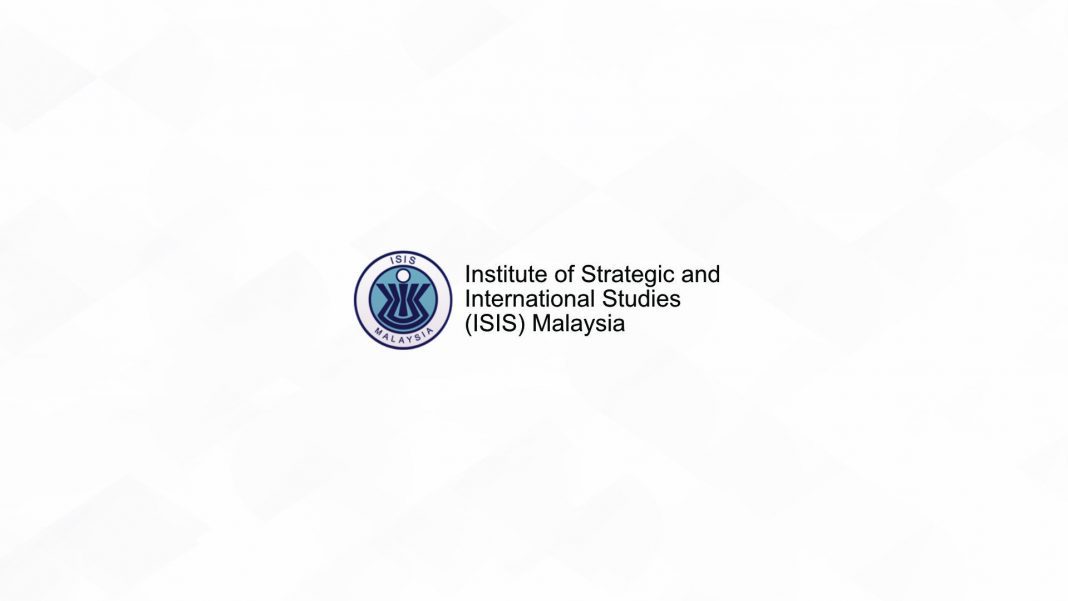After two years of alternating between tense escalation and fleeting periods of calm, the United States and China reached a preliminary phase one trade deal in December 2019. Government spokespersons in both countries promptly cheered the signing of the agreement — but observers around the world remain a little more circumspect.
The primary achievement of the phase one deal seemed to be tempering the uncertainty of further tariff escalation, with both sides agreeing to cancel their upcoming tariff hikes. But it ultimately does very little to improve things in the immediate term. The agreement did not remove existing tariffs on more than US$500 billion of US–China bilateral trade.
Discussions on the thorniest issues like state subsidies have been put off and left to a future ‘phase two’ agreement. Trade watchers also raise concerns about the purchase component of the deal that requires China to buy US$200 billion more US products over the next two years. The full text of the agreement specifically lists approximately 549 products at the HS 4-digit level for China to buy from the United States — covering agriculture, manufacturing and energy-related products.
Some of these concerns revolve around the ability of China to make good on its commitments to increase purchases from the United States amid lofty US purchase targets and rising risks to Chinese economic growth. But perhaps the more serious concern lies in the United States’ shift towards managed trade. Forcibly tying Chinese import requirements to the trade deal risks violating global trading rules, distorting and diverting world trade.
And here lies the crux of the problem. This kind of distortion and diversion threatens to create a new source of gloom for exporters in Southeast Asia, as China’s increase in US goods imports will likely come at the expense of other countries in the region.
Recent analysis suggests that agriculture exporters like Brazil, the European Union, Australia and New Zealand may see declines in Chinese agriculture demand as it buys more US produce. Similarly, non-US sources of manufactured goods like the European Union, Japan and South Korea may also be affected, while the energy-related products on the list would likely affect commodity exporters in the Gulf as well as Australia.
Countries in the Southeast Asian region may not be spared. Of the main exporting economies in the region, ISIS Malaysia estimates suggest that Malaysia remains the country with the highest exposure. US$52.7 billion worth — about 83 per cent — of Malaysian exports to China are of products similar to the 549 products listed in the phase one purchase agreement and thus at risk of losing market share to US producers.
Separated into broad product classes, Malaysian exports of four categories could be the most vulnerable — electronics and electrical parts and equipment; food and beverage-related products; industrial chemicals and metals; and energy-related products like petroleum and palm oil.
Looking deeper into specific product types — and filtering for products the United States has a sizeable market share of — the data indicates that Malaysia’s exports of chemicals compounds such as rare-earth metals, organo-sulphur compounds, ethyl alcohol and acids appear particularly susceptible. Food-related products like vegetable oils, cocoa and coffee products and sugar confectionery also appear to be at risk.
The Philippines and Singapore are the next most-exposed economies in Southeast Asia, with 82 per cent and 66 per cent of exports to China affected by the phase one purchase agreement, respectively. In the Philippines, at-risk products are primarily in agricultural commodities like coconut products, fruit and nuts. In Singapore, at-risk products span refrigerators and disk drives, industrial chemicals like phenols, petroleum oils and organic compounds.
Vietnam and Thailand are relatively less exposed, with less than 65 per cent of exports to China affected by the purchase agreement in the phase one deal. Still, Vietnamese exporters of cereals, vegetable and fish products should be wary, as should Thai exporters of industrial chemicals and vegetable products.
While this phase one deal does ease anxieties surrounding further trade escalations between the United States and China, it also brings new risks and fresh unknowns. In any case, trade protectionism and tariffs have become the new normal.
Since the beginning of the year alone, US President Donald Trump has broadened Section 232 national security tariffs on imported steel and aluminium, established a rule that would allow the United States to apply tariffs on exports from anyone deemed a ‘currency manipulator’, and is currently considering pulling out from the World Trade Organization’s Government Procurement Agreement. Trade watchers must not get complacent while the ‘tariff man’ is in power.
This article first appeared in East Asia Forum on February 17, 2020





